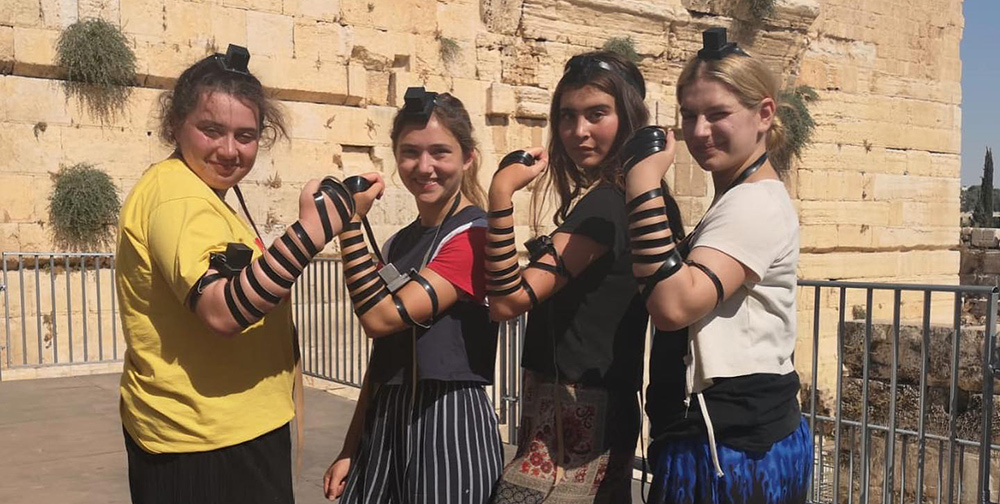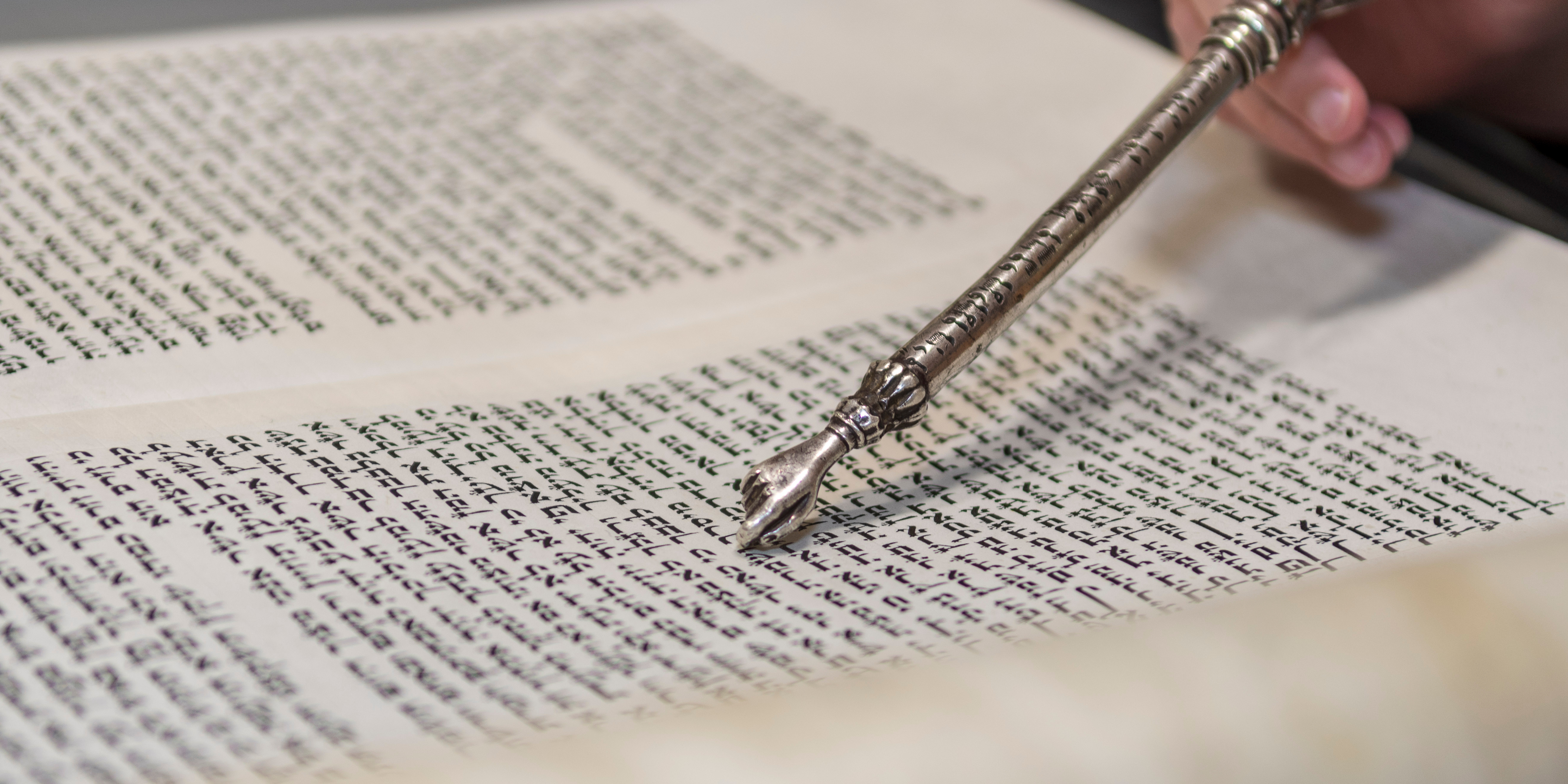Same old chuppah, brand new ceremony

When we began learning with Rabbi Joel Levy in the run-up to our wedding, one thing was clear – we wanted a wedding that reflected our Jewish values and also had roots steeped in Jewish tradition. We were presented with two options, Kiddushin and Shutafut, but neither option felt right for us.
‘Kiddushin’ forms the basis of the traditional marriage ceremony that Jews have carried out for generations. The Kiddushin ceremony is rooted in a model of acquisition and for us this did not model the egalitarian ideology by which we live our lives. During a traditional Kiddushin ceremony a man hands an object of value to a woman thereby acquiring a wife. According to the Talmud, there are three ways to betroth a woman: a money transaction where the man gives to the woman money or any object of value; secondly, a document where the man gives the woman a marriage document which states his intention to marry her and, finally, sexual intercourse with the intention that it consummates the marriage.
The traditional wedding contract is one-sided – only the woman promises absolute sexual fidelity towards her husband. We learned of the changes that can be made to make the Kiddushin ceremony more egalitarian, such as alterations to the Ketubah or the aesthetics of the ceremony, but for us this was not enough; we both could have spoken, we both could have circled but Ilana’s words would have had limited halachic bearing.
The other option we were presented with was a Shutafut ceremony. The shutafut (partnership) ceremony, often known as a “brit ahuvim” or “brit ahava” (a lovers’ covenant or a covenant of love) was initially proposed by Rabbi Rachel Adler in her book Engendering Judaism as an alternative to traditional, Kiddushin-based marriage ceremonies. It is based on hilchot shutafut – the laws of business partnerships. The aim was to create an egalitarian ceremony, which avoided what some people have seen as the drawbacks of Kiddushin, but was nonetheless grounded in classical halachah. In Masorti Judaism these ceremonies can be used by heterosexual or same-sex couples.
Shutafut ceremonies are an exciting development that hold true to our values, but do not have the same history as a Kiddushin ceremony. We wanted our wedding ceremony to continue the traditions and character of those that have been in our families for generations.
R. Meir Simchah Feldblum proposes a ceremony called “Derech Kiddushin” (the way of Kiddushin) which, he notes, has Talmudic roots, as a way to sanctify and permit cohabitation without requiring a get. The Rosh, a 14th Century Talmudist and eminent rabbi, on Kiddushin 2:8, tells of a situation where a minor female is married whilst her father is away, to protect her from other men. Since she is too young to marry by herself and her father is absent, in Jewish law she enters a state where the relationship isn’t full Rabbinic marriage but still holds some status. R. Feldblum suggests that there is in the modern world a technicality preventing the Kiddushin of all marriages being fully binding. He argues that since no well-informed woman today would truly consent to the non-egalitarian terms of Kiddushin, therefore all Kiddushin should be considered Derech Kiddushin.
With this teaching, our ceremony consisted of three parts, ‘Derech Kiddushin’, ‘Shutafut’ and ‘Nisuin’. We began the process of marriage by entering into a state of Derech Kiddushin. Similar to an egalitarian Kiddushin ceremony, we both drank from a glass of wine and exchanged rings. When the rings were exchanged we entered a state of ‘blessed cohabitation’. We were not betrothed to one another in the traditional way but participated in a tradition that generations of Jews have carried out before us. The receiving of the ring (Kinyan) marks the change in personal status from someone who is single. We entered Derech Kiddushin with the full intention for the ceremony not to be binding. We had no intention for any acquisition to take place and every intention to gain a Derech Kiddushin status.
It was important that we entered into something on equal terms, a partnership (Shutafut) that better symbolised the marriage that we hope to have. At the same time, despite having the option to have a halachically valid wedding based solely in Shutafut, the pull of tradition was too strong for us and led us to include Derech Kiddushin in our ceremony.
Having each just acquired a ring; we took these rings off and put them into a shared box. In doing so we agreed to share these items of value and use them to enter into a partnership. We raised the box for all to see and with this we were officially betrothed to one another and we took on the commitment of marriage to each other laid out in the Brit Ahava (wedding contract). The third part of the ceremony (Nisuin) included the traditional elements of the latter part of the wedding ceremony, Sheva Brachot and smashing the glass.
We learnt a great deal during our year of learning prior to our wedding. The in-depth understanding of the marriage we were about to enter into, which fully matched our ideology, made the ceremony much more meaningful and created a real distinction between life before and after the wedding. We hope that, with time, the ceremony we created will be considered as a viable option for all couples to consider. This being said, our key message to all future brides and grooms, would be that the more time you invest in learning about the ceremony and asking the rabbis challenging questions, the more meaningful your wedding day and the subsequent marriage will be.
Ilana and Dan Simons are members of Kol Nefesh Masorti Synagogue. Having worked for Noam together in 2011/12, Dan now teaches chemistry at JCoSS whilst Ilana works at the Israeli Embassy in London. Ilana and Dan will be presenting a session on this topic at Yom Masorti on Sunday 21st February. Come along to find out more – 212.71.238.120/yommasorti.



